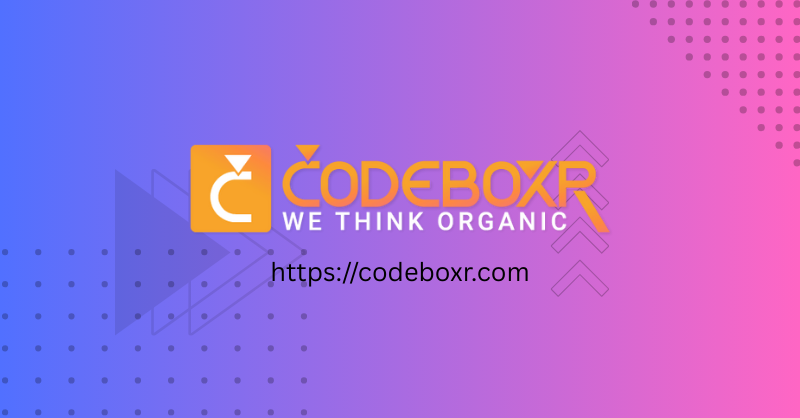Python is the Dominant Language for AI/ML Development
Python boasts the most mature, extensive, and well-supported ecosystem of libraries and frameworks specifically designed for AI, Machine Learning (ML), and Deep Learning (DL). Key examples include TensorFlow, PyTorch, Scikit-learn, Pandas, NumPy, Matplotlib, Seaborn, NLTK, spaCy, and OpenCV.
Python’s clear syntax and readability lower the barrier to entry. This allows researchers, data scientists, and developers from diverse backgrounds to focus on solving AI problems rather than wrestling with complex language semantics.
Python’s interpreted nature and the availability of tools like Jupyter Notebooks/Labs make it incredibly fast to prototype ideas, experiment with models, and iterate. This agility is critical in AI research and development.
The Python community for AI/ML is enormous. This means abundant tutorials, documentation, forums (like Stack Overflow), pre-trained models, and open-source projects, accelerating development and problem-solving.
AI Tools Themselves Leverage Python
Many AI-powered web applications, APIs, and services use Python frameworks (like Django, Flask, FastAPI) on the backend to serve the AI models and handle business logic.
AI tools often involve complex data pipelines, model training workflows, and deployment scripts. Python is the de facto language for automation and scripting these processes due to its ease and extensive library support (e.g., Apache Airflow for workflow orchestration).
AI tools frequently need to integrate with other systems (databases, cloud services, APIs). Python excels at this integration task.
The Feedback Loop: Python’s Growth Fuels AI Tool Growth, Which Fuels Python Growth
As Python’s popularity grows, more developers and researchers are available to build, maintain, and improve AI libraries and tools. This attracts even more users to Python for AI.
The explosion of AI applications across industries (healthcare, finance, retail, manufacturing, etc.) creates a massive demand for professionals who can build, deploy, and maintain these systems. Since Python is the primary language for these tasks, demand for Python skills skyrockets.
User-friendly AI tools built with Python (like AutoML platforms, no-code/low-code AI builders) often expose Python APIs or generate Python code under the hood. This introduces Python to a broader audience who might not have considered it before.
Broader Impact Beyond Core AI Development
The rise of AI is intrinsically linked to the explosion of data. Python is the dominant language for data science and analytics, which are the essential precursors to building effective AI models.
Managing the lifecycle of AI models (MLOps) is a growing field. Python is heavily used for building deployment pipelines, monitoring models, and managing infrastructure (often leveraging cloud SDKs like AWS Boto3, GCP google-api-python-client, Azure SDK).
Python is the primary language taught in AI/ML courses and used in academic research. This creates a new generation of professionals entering the workforce already proficient in Python for AI.
Fields leveraging AI (like robotics, IoT, scientific computing) increasingly adopt Python because of its AI capabilities and ease of integration.
Evidence Supporting the Trend
Python has consistently been ranked #1 or #2 in the TIOBE Index in recent years, often cited specifically for its dominance in AI/ML and data science.
In Stack Overflow Developer Surveys, Python consistently ranks among the most “loved,” “wanted,” and “used” languages, with AI/ML being a major driver.
GitHub Octoverse reports show Python consistently ranking as one of the top languages by repository count, contributors, and pull requests, with significant growth in AI/ML related projects.
Demand for Python developers, especially with AI/ML skills, is extremely high and continues to grow rapidly across industries.
Potential Counterpoints & Nuances
For extremely high-performance or low-latency AI inference (e.g., in embedded systems, high-frequency trading), languages like C++, Rust, or specialized hardware languages might be preferred. However, Python is often used for the higher-level logic and orchestration, calling into these optimized libraries.
Languages like R (statistics, academia), Julia (high-performance numerical computing), and Java/Scala (large-scale enterprise systems) have their place. However, Python’s versatility and ecosystem breadth make it the most common choice.
While “no-code” AI tools abstract away coding, they often still rely on Python under the hood and may generate Python code. They expand the user base of AI but don’t eliminate the need for Python developers to build and maintain the underlying tools and models.
Conclusion
The rise of AI and AI-based tools is not just increasing, but is arguably the single biggest driver of Python’s current and projected growth. The relationship is mutually reinforcing: Python’s strengths make it the natural choice for AI development, and the explosive growth of AI creates massive demand for Python skills and further enriches its ecosystem. This trend is firmly established and shows no signs of reversing in the foreseeable future. Python has become the lingua franca of the AI revolution.
Self Promotion
Since 2011, Codeboxr has been transforming client visions into powerful, user-friendly web experiences. We specialize in building bespoke web applications that drive growth and engagement. Our deep expertise in modern technologies like Laravel and Flutter allows us to create robust, scalable solutions from the ground up. As WordPress veterans, we also excel at crafting high-performance websites and developing advanced custom plugins that extend functionality perfectly to your needs. Let’s build the advanced web solution your business demands.
